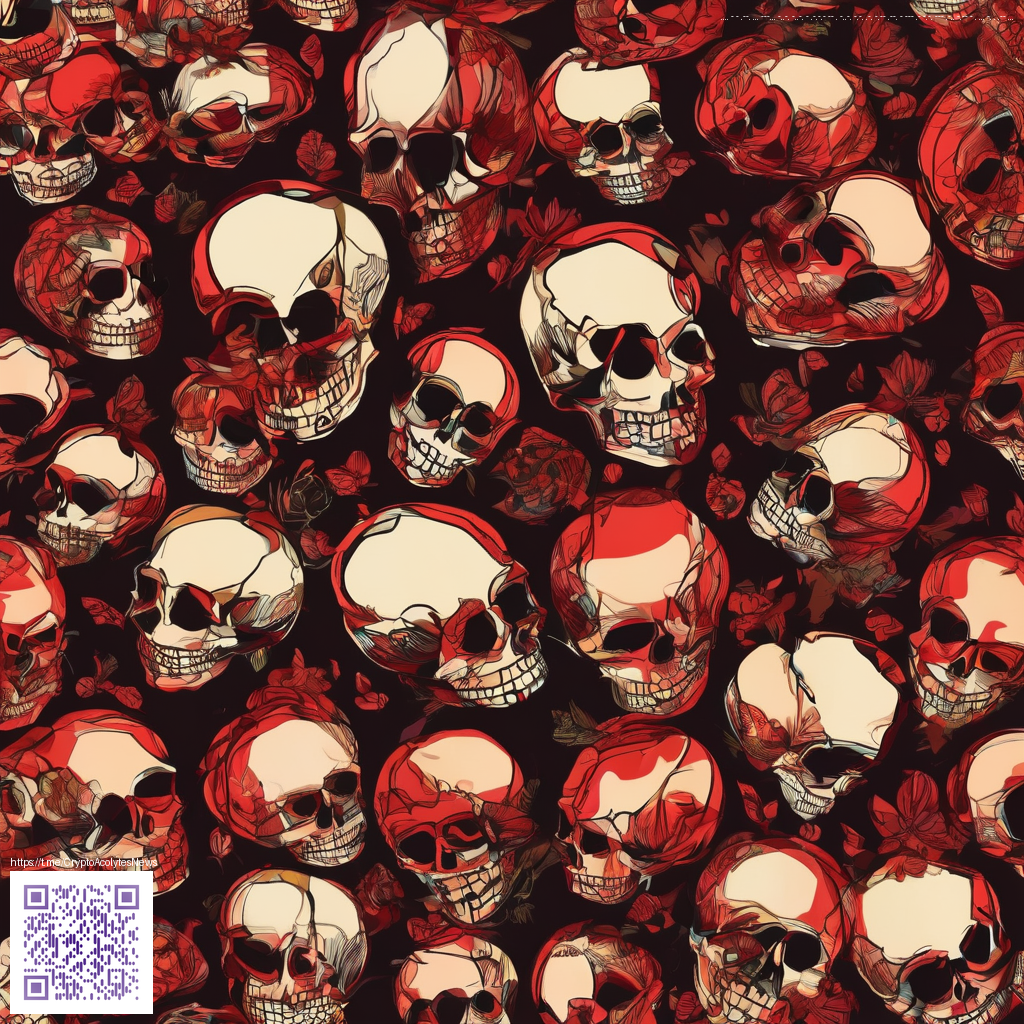
After launch realities in Cities Skylines
From the moment it released on 10 March 2015 Cities Skylines grabbed attention with a robust city building sandbox and a vibrant modding community. Yet as the dust settled players began cataloging rough edges that stubbornly lingered when you push a city beyond a few dozen neighborhoods. The most discussed disappointments tend to revolve around how the simulation behaves in practice rather than what the core idea promises.
This is not a tale of a failed project rather a nuanced snapshot of a game that demanded more from its own design and from the community that helped fill in the gaps. The discussion spans traffic AI, performance at scale and the way expansions influence the experience. The online chatter is lively because the base game offers a foundation that invites tinkering and experimentation. 🎮
Traffic vacuum and city planning friction
The traffic system is a bold ambition with real road pedigree yet the default behavior sometimes stalls when cities grow dense. Roads can carry the burden while zoning and transit options fight to find a smooth rhythm. The result can feel dissonant between the city you envision and the one you actually see on screen. This tension has been widely discussed in threads and streams that guide players toward smarter layouts and timing decisions.
To reach a manageable equilibrium many veterans lean on external tooling and community wisdom. The Steam discussions and Reddit posts often become roadmaps for optimization, offering practical tweaks and mod suggestions that unlock a more natural flow. Official patches have nudged things in the right direction, yet a thriving metropolis often relies on community ingenuity to reach its full potential. 🎯
Modding culture becoming the lifeblood
Modding is more than a feature set in Cities Skylines it is a central pillar of the experience. The official support for modding, combined with a bustling Workshop, lets players layer in traffic management, expanded zoning options and enhanced transit networks. The result is a dynamic ecosystem where your city’s behavior evolves with the tools you install. 🕹️
That vitality carries both advantages and caveats. On the bright side the game remains extraordinarily long lasting because communities continuously reinvent how it plays. On the flip side there can be fragmentation as different setups produce significantly different outcomes. It is a living platform that rewards experimentation and careful curation rather than a single canonical playthrough. 🧠
Updates DLC cadence and the content balance
Over the years the delivery of patches and expansions has shaped the game while testing the line between value and price. DLCs introduced new tools, features and micro ecosystems that feel worth exploring but can also shift the baseline experience. Patches have tended to address performance and AI while leaving space for new content to reshape the city building canvas. The ongoing cadence keeps veterans engaged even as new players step in with different expectations. 🔥
Even with material improvements the release window is remembered for its mix of promise and complexity. The engine and design choices provide a scalable playground that shines most when players lean into the modding ecosystem and embrace iterative city planning. The overall sentiment from builders and streamers is that patience pays off when you couple official updates with community driven refinements. 🧭
Developers and players alike describe Cities Skylines as a living project that thrives on feedback and iteration. The best moments arrive when patches align with what the workshop community has already shown is possible.
For newcomers and returnees alike, the experience today is less about a flawless vanilla city and more about crafting a personalized playground through careful planning and smart mod use. The conversation remains lively because the core idea remains compelling and the tools to achieve it are powerful enough to sustain long sessions of city dreaming. 🎮
On a practical note for marathon sessions a comfortable peripheral can make a noticeable difference. The following link points to a product designed to improve comfort during long planning marathons.
Ergonomic Memory Foam Mouse Pad with Wrist Rest Foot-shapedTakeaways for players stepping in today
- Expect mod driven polish to be a major pathway to a smooth experience especially with traffic management and expanded road networks
- Plan for scale big cities demand thoughtful layouts and proactive transit planning
- Engage the community learn from workshop builds and stream guides to accelerate mastery